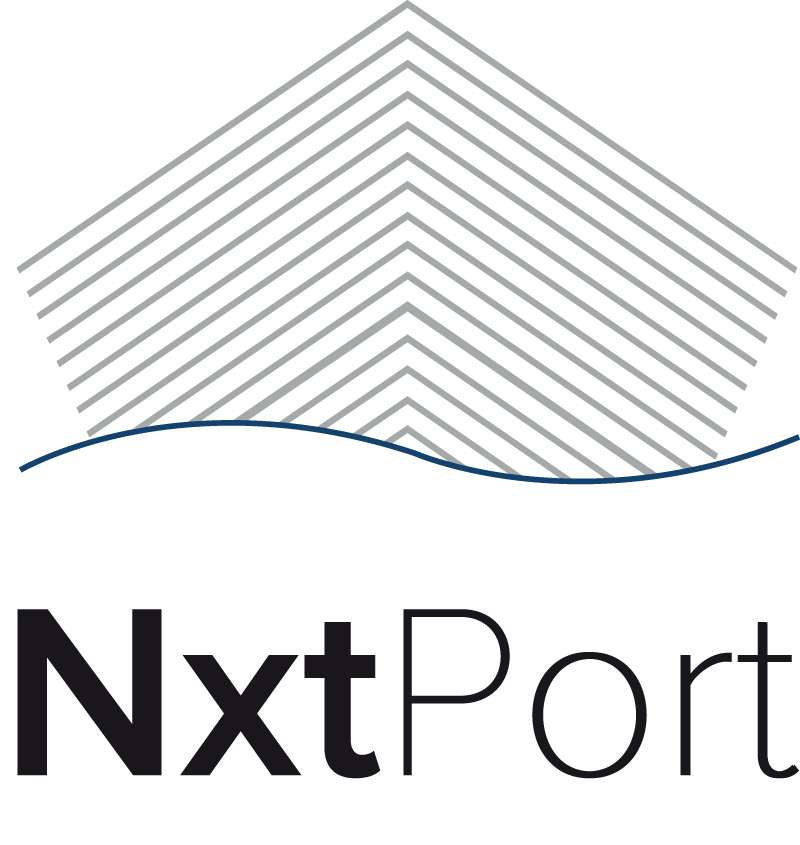CPu for Transport Operators
When an import container is commercially released, a Ship’s Agent typically sends a PIN code to the Terminal and shares this code with the next party in the release chain (e.g. Forwarder, Transport Company, BCO,…). This code, which is required to be granted access to the terminal and release the container, is distributed further in the supply chain until a party, which knows the PIN code, claims the container for pick up at the terminal.
By using the Certified Pick up platform, a Ship Agent will not create and distribute a PIN code to the Terminal, increasing the security of the release chain. Instead, the Ship Agent sends the commercial release information towards the Certified Pick up platform, which vouches for a secure transfer of the “Release Right” until it is assigned to an entitled transporter to pick up the container at the terminal. The code to release the container will be sent via a secured and audited communication channel towards the Terminal.
Transport Operators can receive the right to pick up cargo (i.e. a container) from the Shipping Agent or a Release Party, once they have completed all necessary commercial agreements. As soon as the Terminal provides the terminal release (including the discharge confirmation and customs release), the container will be ready for pick up at the yard. The Transport Operator who holds the Release Right can assign a driver (based on Alfapass number) to pick up the container at the terminal. Only this driver will be able to pick up the container.
A Transport Operator
Receives a Release Right from the Ship Agent or the previous Release Right Owner
Can Transfer a Release Right to another party
Can Accept or Deny a transfer from another Release Right Owner
Can Revoke a previous transfer (unless it was already accepted by the new Release Right Owner)
Can Assign a Pick up Right to a Driver
Can Revoke a previously assigned Pick up Right for as long as the container has not left the Terminal
Truck Driver
When the container is assigned to the driver by owner of the Release Right, that driver can pick up the container with their Alfapass after a biometric authentication at the terminal and without the use of a pincode.
Barge/Rail companies
Load lists (e.g. COPINO messages) can be sent to the terminal without PIN codes; the Terminal will check at CPu if the requesting company is authorized to do the pick up.
Integrate CPu into your own software using the API
CPu is designed as an API-first product, to ensure maximum stability and performance.
We highly recommend you to integrate your systems through our API integration, to implement the CPu functionality into your own software, and advise you to start by reading Getting Started with the API integration .
However, a User Interface (CPu UI) is available for those parties that do not wish to integrate (just yet) and want to get started quickly. The UI targets stakeholders with low container volumes. For higher volumes the API integration is the better and more performant option.
Using the CPu User Interface
NxtPort & Port of Antwerp-Bruges are aware of the fact that Transport Companies might only sporadically be using the CPu application in some cases. We understand having to pay for a yearly subscription if only making use of this a couple of times would not be a beneficial approach. To that end, we have foreseen a pre-paid system for Transport Companies, using Portomundi as a payment method. This does entail you will need to register on Portomundi as well to be able to use their wallet system. To guide you through that process, we refer you to Portomundi Registration .
If you only need to use the interface, and need no integration with our API, you can start using it right away after your registration is complete.
Need any further assistance?
